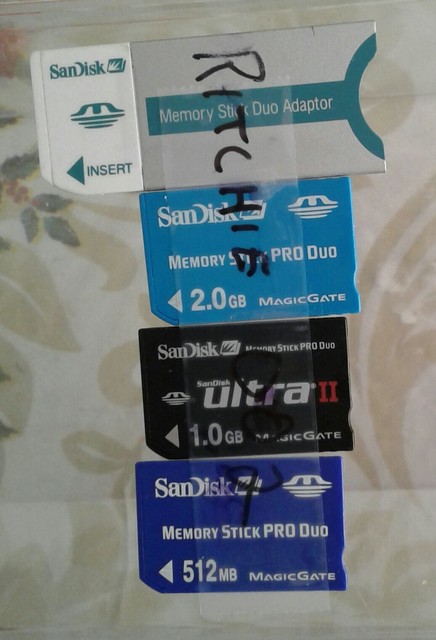

- Memory clean 3 upgrade code for free#
- Memory clean 3 upgrade code how to#
- Memory clean 3 upgrade code free#
- Memory clean 3 upgrade code mac#
I typically restart my machine about once per week, but I tried this Purge command in Terminal today, and the Inactive Memory immediately went back in to “Free Memory”. Currently, I have 16GB of RAM installed, and I’ll sometimes end up with about 11GB in “Inactive Memory” when looking at Activity Monitor.
Memory clean 3 upgrade code mac#
I have a Mac Mini (i7 on 10.8), which I use as a Media Server. I hope this helps, this is the short of the long of what I pulled from Apple’s developer pages on memory management in Obj-C and Cocoa. (the reason why you need Xcode) Running the purge command after your computer has been on for a while will cause it to run slow for a few minutes because it has to re-address RAM to the applications that are already in use.


Purge should only be used when you want your system in a fresh state such as playing a RAM intensive game, or if you need to test for memory leaks in a program you are developing in Xcode. It then starts caching to disk and using purge could corrupt your download. Inactive memory *should* automatically cache but when doing a single operation like this it usually starts caching when the RAM gets to about 100 MB or less. downloading a game from the Mac App Store that is larger than your total RAM).

Purge isn’t always the best answer for everything though, sometimes you want that cache on the disk for storing information for later use (e.g.
Memory clean 3 upgrade code free#
Kernel task), Active is memory used by User and non-essential System applications, Inactive is memory that just hangs there in case you need it for future use, and Free memory is memory that has not been used, or Inactive memory that has been released from the RAM. Wired is what is being used by the OS (e.g. The OS has 4 states of RAM, Wired, Active, Inactive, and Free. the previously played song in iTunes, or Pages/Word after you close the application). To explain this a little further, purge simply removes all the inactive RAM, or RAM that is not in use, as well as some of the unnecessary active RAM, RAM used up by a program that has not been labeled as inactive (e.g. Now purge will run for you with whatever time frame you entered (in the example, every 2 hours, every day, at the top of the hour) You can change this to just * for every hour, or */6 for every 6 hours, or whatever. The 0 indicates the top of the hour (change to 30 if you wanted it to run at 30 minutes after the hour for example) Google crontab for details on how it works.Īdd this line to the crontab you now have open: You need to insert a new line to run purge on a scheduled basis.
Memory clean 3 upgrade code how to#
Google “VIM commands” if you don’t know how to use it). When you run this command, it will open up the crontab in an editor (probably vim. For most people, this will be empty initially. So the above command says to edit the root user’s crontab, which is a list of scheduled tasks. sudo is a command to allow you to run things as root.
Memory clean 3 upgrade code for free#
Note: You may need to have XCode & Developer Tools installed in order to use the purge command, that can be downloaded for free from the Mac App Store.įor those wishing to automate the running of purge, open a terminal and enter this command: “sudo crontab -e”. If you feel like you are frequently hitting a memory ceiling learn how to check if your Mac needs a RAM upgrade and consider upgrading, it can dramatically improve overall system performance. This is not necessary for most Mac users, but power users and those with heavy memory demands will undoubtedly find this command helpful in the future. Of course, the benefit of using purge rather than rebooting is that you don’t have to restart the machine and you can maintain currently active applications while still freeing up memory. The purge command forces disk and memory caches to be emptied, offering a ‘cold disk buffer cache’ which is similar to the state of the operating system after a reboot. Open Activity Monitor to see the before and after results yourself, you’ll find dramatic changes at the “Free”, “Used”, and “Inactive” meters under System Memory. Note: some versions of OS X may not require you to prefix the purge command with sudo, while running with sudo will require authentication, like so: Give OS X a minute or two to complete the process.Launch Terminal, found in /Applications/Utilities/ and enter the following command.


 0 kommentar(er)
0 kommentar(er)
